As the Supreme Court deliberates on the fate of President Donald Trump's major tariff authority, the White House is quietly preparing for a worst-case scenario. Behind the scenes, officials from the Commerce Department and the Office of the US Trade Representative are studying fallback options in case the court strikes down the administration's power to impose tariffs. This cautious approach is a testament to the administration's determination to maintain its trade policies, even if it means navigating a complex web of laws and regulations.
The Trump administration's reliance on Section 232 of the Trade Expansion Act of 1962, which grants the president authority to impose tariffs based on national security concerns, has been a contentious issue. Critics argue that the move is an abuse of power, while supporters see it as a necessary measure to protect American industries. As the Supreme Court weighs the constitutionality of the tariffs, the administration is preparing for a potential outcome that could limit its ability to impose duties.
One of the fallback options being considered is Section 301 of the Trade Act, which allows the president to impose tariffs in response to unfair trade practices. However, this section has its own limitations, and experts warn that it may not provide the same level of flexibility as Section 232. "Section 301 is a more targeted approach, but it's also more limited in its scope," says Dr. Laura Baughman, a trade expert at the Center for Strategic and International Studies. "It's not a silver bullet, but it's a possible alternative if the court strikes down Section 232."
Another option being explored is Section 122 of the Trade Act, which grants the president authority to impose tariffs in response to a trade agreement. This section has been used in the past to impose tariffs on imported goods, but it's unclear whether it would provide the same level of authority as Section 232. "Section 122 is a bit of a wild card," says Dr. Baughman. "It's not as well-defined as Section 301, and it's unclear how it would be applied in practice."
The administration's preparations for a potential court ruling are a testament to its commitment to maintaining its trade policies. Despite the risks and uncertainties associated with these fallback options, officials are working to ensure that the country is prepared for any outcome. "We're taking a proactive approach to ensure that we're ready for any scenario," says a senior administration official, who spoke on condition of anonymity. "We're not taking anything for granted, and we're working hard to ensure that our trade policies are effective and sustainable."
The implications of the Supreme Court's ruling on the Trump administration's tariff authority are far-reaching. If the court strikes down Section 232, it could limit the president's ability to impose tariffs and potentially undermine the administration's trade policies. On the other hand, if the court upholds the tariffs, it could embolden the administration to take even more aggressive action on trade.
As the Supreme Court deliberates, the world is watching with bated breath. The outcome of this case will have significant implications for the global economy, and it's unclear what the future holds. One thing is certain, however: the Trump administration is preparing for a worst-case scenario, and it's working hard to ensure that the country is ready for any outcome.
In the end, the Supreme Court's ruling on the Trump administration's tariff authority will be a test of the administration's commitment to its trade policies. Will the court uphold the tariffs, or will it strike them down? Only time will tell, but one thing is certain: the administration is preparing for a potential outcome that could limit its ability to impose duties. As the world waits with bated breath, the Trump administration is working hard to ensure that the country is ready for any scenario.




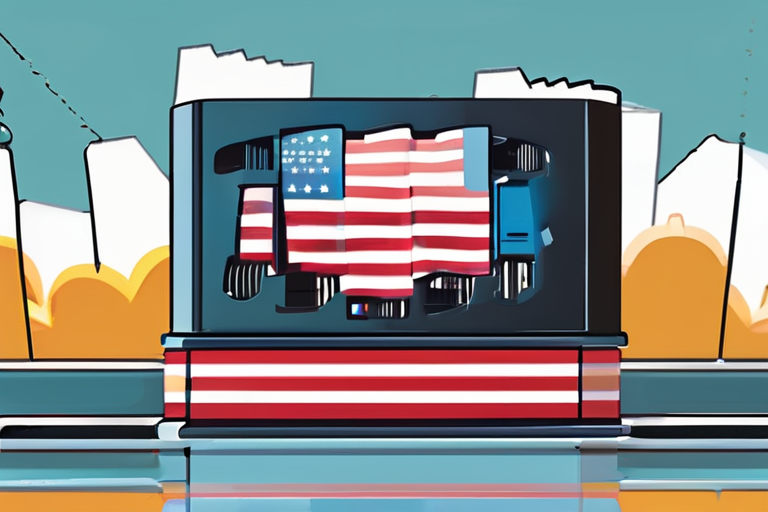

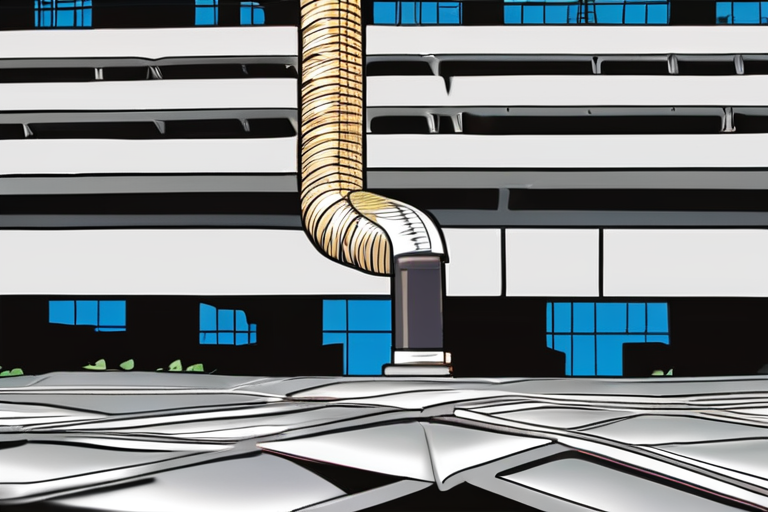


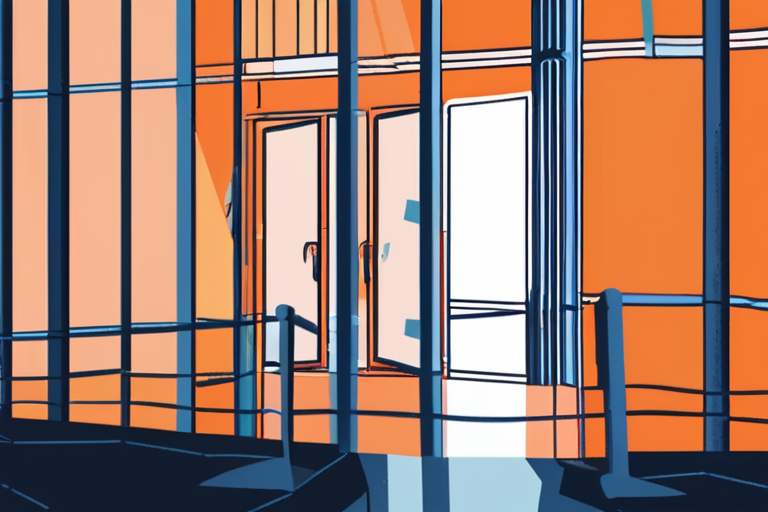

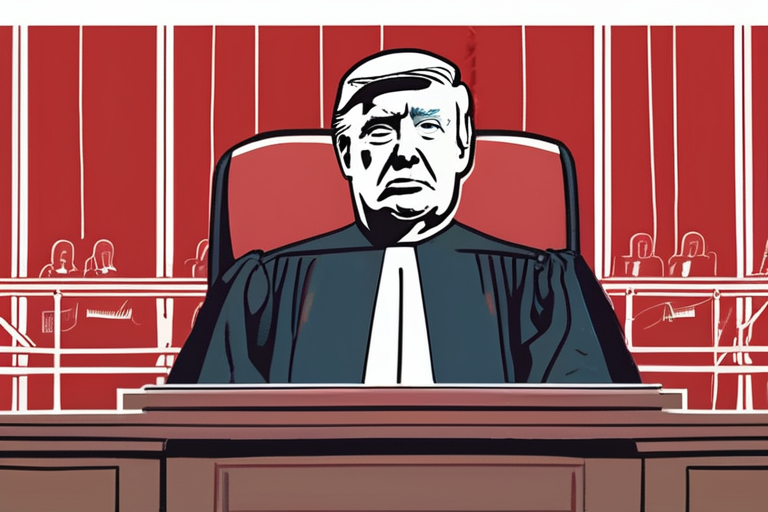
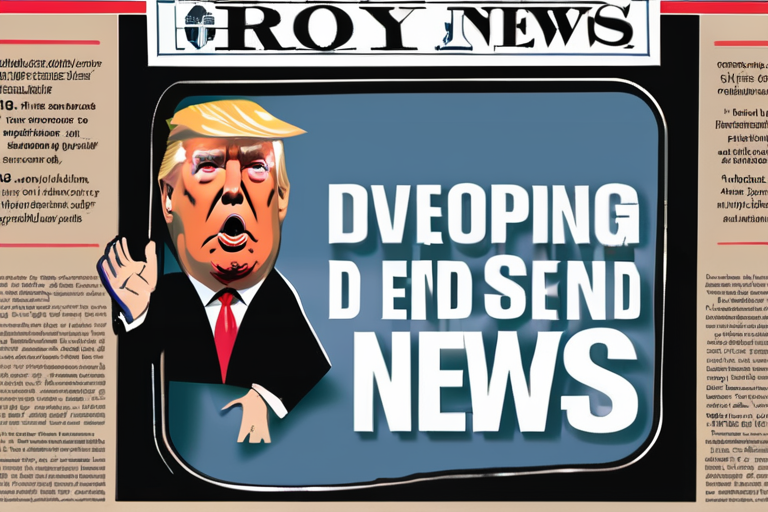


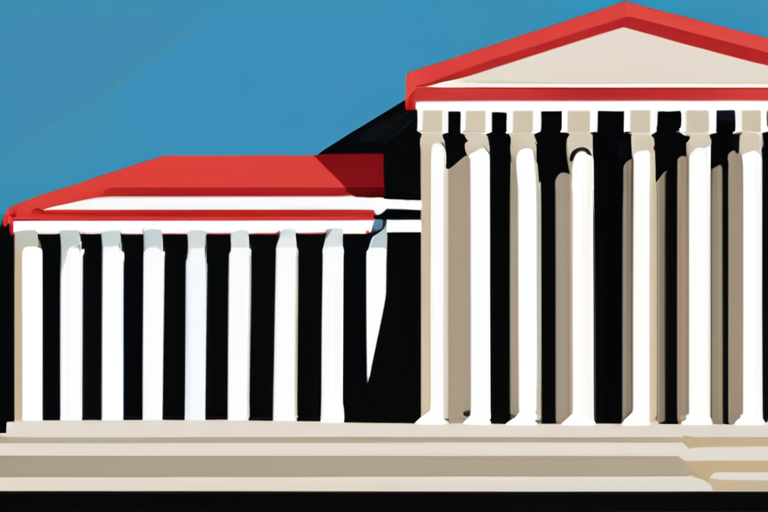


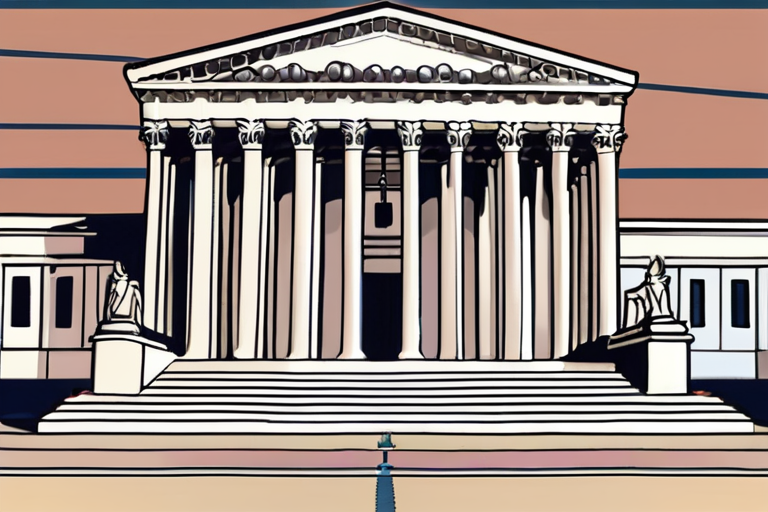
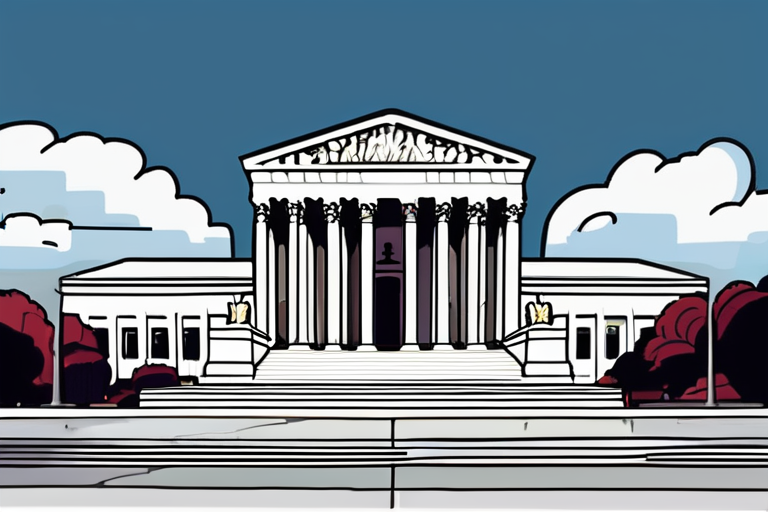

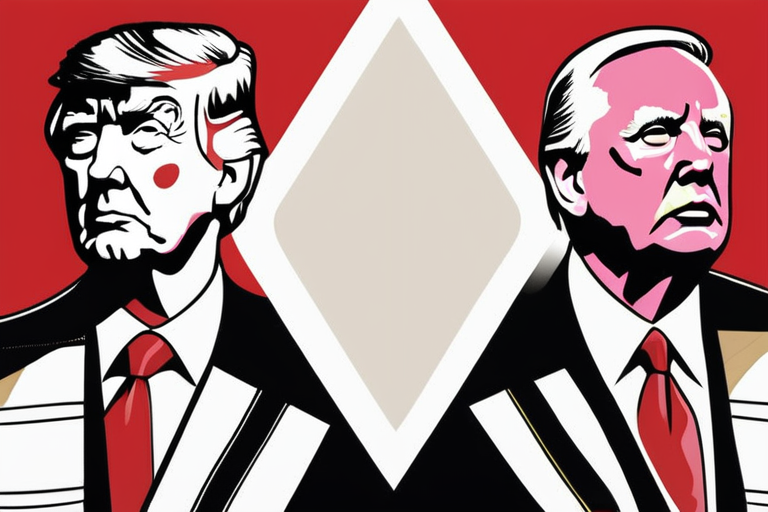
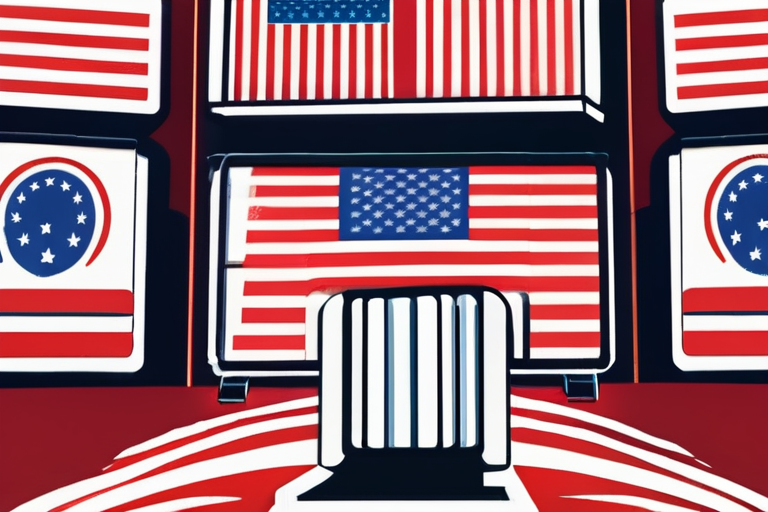
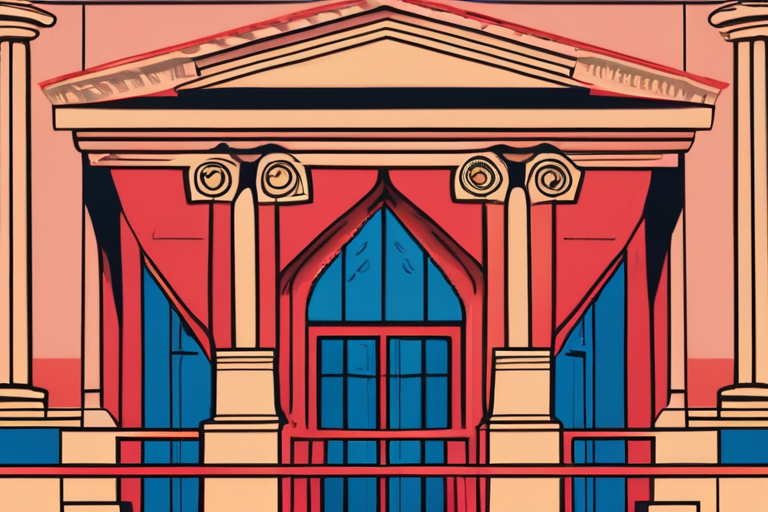
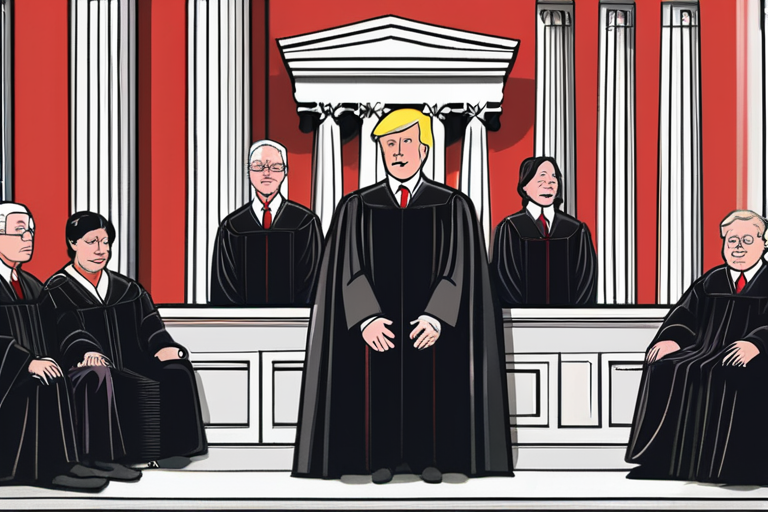
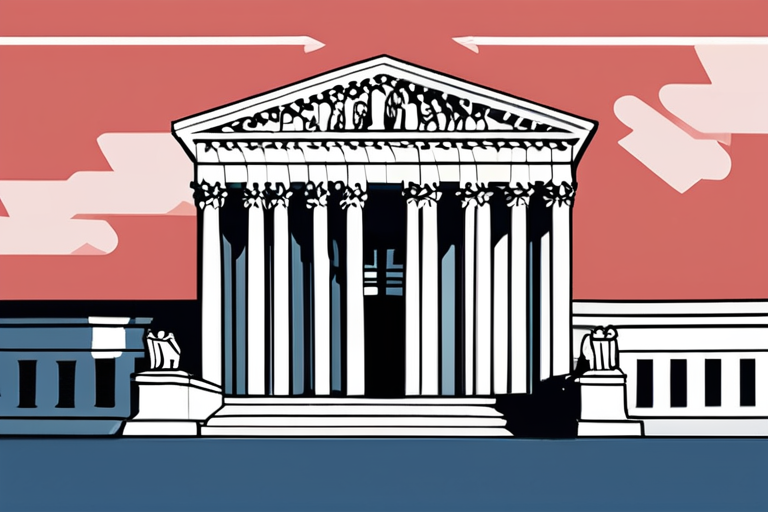
Share & Engage Share
Share this article